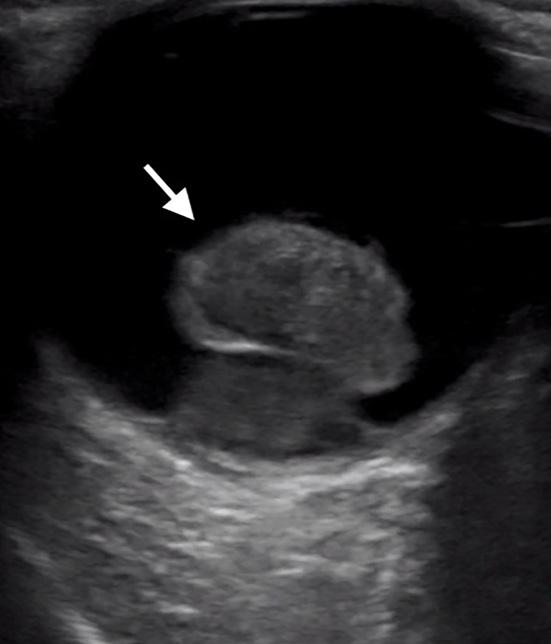Case Report
Under the Radar: A Case Report of a Missed Aortoenteric Fistula Blake Briggs, MD* David Manthey, MD†
*University of South Alabama, Department of Emergency Medicine, Mobile, Alabama † Wake Forest University, Department of Emergency Medicine, Winston-Salem, North Carolina
Section Editor: Scott Goldstein, MD Submission history: Submitted January 18, 2021; Revision received March 28, 2021; Accepted April 6, 2021 Electronically published July 27, 2021 Full text available through open access at http://escholarship.org/uc/uciem_cpcem DOI: 10.5811/cpcem.2021.4.51791
Introduction: An aortoenteric fistula (AEF) is an abnormal connection between the aorta and the gastrointestinal tract that develops due to a pathologic cause. It is a rare, but life-threatening, cause of gastrointestinal (GI) bleeding. Although no single imaging modality exists that definitively diagnoses AEF, computed tomography angiography (CTA) of the abdomen and pelvis is the preferred initial test due to widespread availability and efficiency. Case Report: Many deaths occur before the diagnosis is made or prior to surgical intervention. We describe a case of a patient with a history of aortic graft repair who presented with active GI bleeding. Conclusion: Although CTA can make the diagnosis of AEF, it cannot adequately rule it out. In patients with significant GI bleeding and prior history of aortic surgery, vascular surgery should be consulted early on, even if CTA is equivocal. [Clin Pract Cases Emerg Med. 2021;5(3):312–315.] Keywords: Vascular surgery; aortoenteric fistula; radiology; gastrointestinal bleeding.
INTRODUCTION An aortoenteric fistula (AEF) is an abnormal connection that forms between the aorta and the gastrointestinal tract due to pathologic cause. It is a rare but life-threatening condition with an annual incidence of 0.007 per million. Primary causes are due to compression of an abdominal aortic aneurysm (AAA) against gastrointestinal (GI) structures. In these cases, there is usually some type of inflammation affecting the aorta, whether it be septic aortitis from bacteremia, cancer, inflammatory bowel disease, peptic ulcer, radiation, perforating biliary stones, or autoimmune disease.1 Primary AEFs have an incidence of 0.04-0.07%. The most affected portion of bowel in AEF is between the infrarenal aorta and the third and fourth portion of the duodenum.2 Secondary etiology is due to erosion of an aortic prosthetic graft after an open repair into the surrounding GI structures.3 The most frequently affected portion of the bowel is the third portion of the duodenum, likely due to its retroperitoneal fixation and proximity to aorta.4 Secondary aortoenteric fistulas (SAEF) are far more common than
Clinical Practice and Cases in Emergency Medicine
primary.5 The overall incidence of SAEF has been measured at 0.36-1.6%. They are exceedingly rare after endovascular aneurysm repair. Gastrointestinal bleeding is the most common initial presentation, occurring in 90% of patients. Abdominal pain is only present in 28%, and fever is present in up to 25%.4 The classically taught triad of GI bleeding, abdominal pain, and a palpable mass, however, is seen in only 6-12% of patients. One study demonstrated that only 29% of patients arrived with massive hemorrhage.6 Consequently, diagnosis is not easy due to its rarity and varied presentation, requiring astute clinical judgment. Early diagnosis of SAEF often relies upon recognition of typical “herald bleed,” which is an episode of self-limited bleeding that precedes catastrophic hemorrhage. Although no single imaging modality definitively diagnoses SAEF, computed tomography angiography (CTA) of the abdomen and pelvis is the preferred initial test due to widespread availability and efficiency. However, CTA has been found to range from 40-90% sensitive and 33-100% specific.7 This is likely due to the aspects surrounding AEF. Inflammation often
312
Volume V, no. 3: August 2021



















